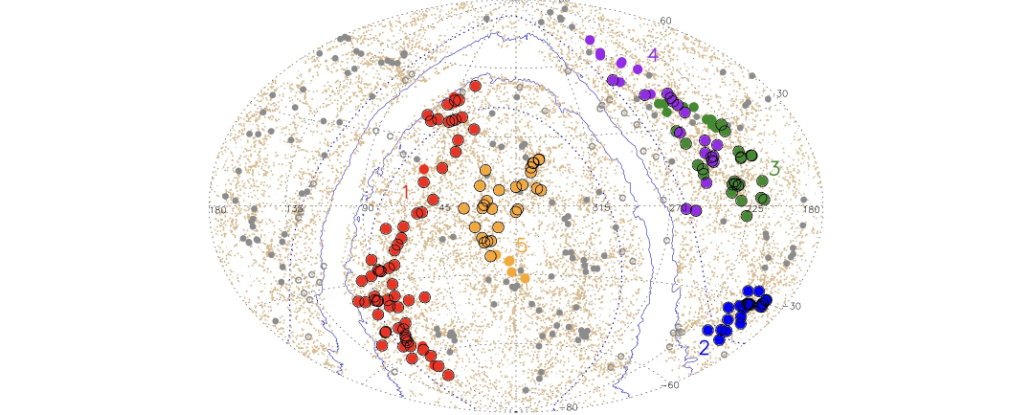ARTICLE AD
If the rumors are true, the latest MacBook Pro 14 and Pro 16 models could hide a secret upgrade. The new MacBooks reportedly switched to quantum dot displays, a technology that practically every display maker prominently displays on the box of every monitor and TV that includes it. If true, Apple hasn’t told anybody about the upgrade.
Noted display analyst Ross Young, the CEO of Display Supply Chain Consultants, said late Thursday he’s certain the MacBook Pro displays are packing an extra punch. He claimed in a Twitter post that the M4 MacBook Pros feature a quantum dot film that should make it far better at displaying a wider color range than before.
If you’ve heard the term before, it’s most likely with QD mini-LED TVs (AKA QLEDs) monitors or even QD-OLED displays. Put simply, these dots are nanoparticles that enhance the color gamut and brightness of a display. Young wrote that Apple had previously opted for a red KSF phosphor film because it led to better efficiency. The film Apple is reportedly using now is not made with toxic cadmium that traditional QD displays use, and they are more efficient than similar displays.
Big Apple display news, they have adopted quantum dots for the first time. The latest MacBook Pro's (M4) use a quantum dot (QD) film rather than a red KSF phosphor film.
In the past, Apple went with the KSF solution due to better efficiency and lack of cadmium (Cd), but the… pic.twitter.com/5olq9lEHs9
— Ross Young (@DSCCRoss) November 14, 2024
The latest MacBook Pro 14 and Pro 16 models with M4 chips are no major departures from the previous M3 and M2 models. However, there were some improvements. For one, Gizmodo’s tests proved the screens indeed feature better SDR brightness than before. So yes, you can take it to the park to get some work done without diving immediately for the shadiest spot. It’s unclear whether this improvement is due to the new film or another display improvement.
Gizmodo contacted Apple for comment, but we did not immediately hear back. If this is true, it beggars belief Apple wouldn’t be shouting this fact from the rooftops in all its promotional material. When the company released its first OLED device, the M4 iPad Pro, it spent ages talking up its tandem OLED design’s brightness and color clarity. Apple still labels these displays as Liquid Retina XDR, the Cupertino company’s own flavor or mini-LED.
Young’s graphs show that the new MacBook Pros have a much higher color gamut than before, and he claimed that they also feature better motion performance. Gizmodo has not independently tested either of those specs. Notebookcheck, in its review of the M4 MacBook Pro 14, noted response times of around 70 ms while the MacBook Pro 16 sat at a little over 40 ms at peak brightness. Response times are essentially the screen’s ability to change from one color to another and might result in images blurring if the response time is slow. Apple has previously stated Liquid Retina XDR supports a 5 ms response time.
Low response times would be most noticeable in games, though we didn’t detect excessive blurring in our own tests with either the 14 or 16 models. It certainly isn’t the prime display for gaming anyway, though the M4 and M4 Pro chips already perform well even up to full native resolution. For its latest displays, the company has only said it’s still using the wide color P3 color gamut with its usual ProMotion adaptive refresh rate of up to 120 Hz.
We want to believe Apple improved its display more than it stated publicly. The MacBook Pro models are better than ever, but the yearly release schedule hasn’t left enough time for the Mac maker to do away with annoying blemishes, like that damn notch cutout for the webcam. What makes this all the more confusing is that the latest rumblings from the primo Apple rumormonger Mark Gurman recently reported we might not get the long-awaited OLED MacBook until 2026 at the earliest. This may mean we’ll see another MacBook refresh with relatively few changes to the overall design.

 2 months ago
36
2 months ago
36 

